Pacemaker Implantation Surgery Cost in South Africa from top hospitals starts from USD 12500 approx.
| Country | Minimum Cost | Minimum Local Currency | Maximum Cost | Maximum Local Currency |
|---|---|---|---|---|
| India | USD 3000 | INR 249450 | USD 5500 | INR 457325 |
| Thailand | USD 8000 | THB 285200 | USD 12000 | THB 427800 |
| Turkey | USD 6000 | TRY 180840 | USD 14000 | TRY 421960 |
| United Arab Emirates | - | - | USD 7000 | AED 25690 |
Treatment cost
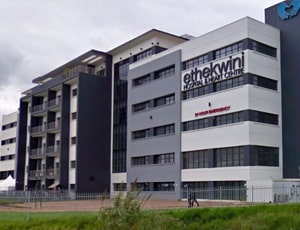
Apart from in-detail treatment procedures available, Lenmed Ethekwini Hospital and Heart Centre located in Durban, South Africa has a wide variety of facilities available for International Patients. Some of the facilities which are provided by them are Accommodation, Airport Transfer, Choice of Meals, Interpreter, SIM, TV inside room. Also listed below are some of the most prominent infrastructural details:
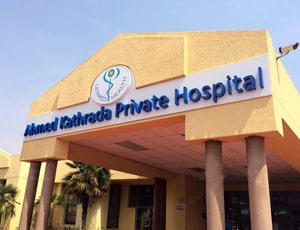
Apart from in-detail treatment procedures available, Lenmed Ahmed Kathrada Private Hospital located in Johannesburg, South Africa has a wide variety of facilities available for International Patients. Some of the facilities which are provided by them are Accommodation, Airport Transfer, Choice of Meals, Interpreter, SIM, TV inside room. Also listed below are some of the most prominent infrastructural details:
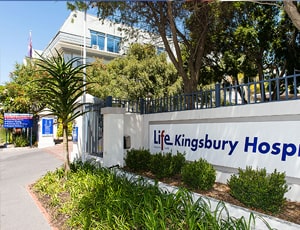
Apart from in-detail treatment procedures available, Life Kingsbury Hospital located in Cape Town, South Africa has a wide variety of facilities available for International Patients. Some of the facilities which are provided by them are Accommodation, Airport Transfer, Choice of Meals, Interpreter, SIM, TV inside room. Also listed below are some of the most prominent infrastructural details:


Types of Pacemaker Implantation Surgery in Sarvodaya Hospital and Research Centre and its associated cost
| Treatment Option | Approximate Cost Range (USD) | Approximate Cost Range (INR) |
|---|---|---|
| Pacemaker Implantation Surgery (Overall) | 4076 - 7581 | 336823 - 625433 |
| Single-Chamber Pacemaker Implantation | 4095 - 5570 | 336358 - 456762 |
| Dual-Chamber Pacemaker Implantation | 4576 - 6578 | 374751 - 542172 |
| Biventricular (Cardiac Resynchronization) Pacemaker Implantation | 6091 - 8146 | 497844 - 662770 |
| Leadless Pacemaker Implantation | 5584 - 7603 | 458422 - 624627 |
DOCTORS IN 14 SPECIALITIES
FACILITIES & AMENITIES
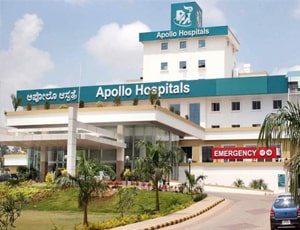
Types of Pacemaker Implantation Surgery in Apollo Hospitals Bannerghatta and its associated cost
| Treatment Option | Approximate Cost Range (USD) | Approximate Cost Range (INR) |
|---|---|---|
| Pacemaker Implantation Surgery (Overall) | 4537 - 8511 | 365946 - 705135 |
| Single-Chamber Pacemaker Implantation | 4556 - 6226 | 374534 - 509567 |
| Dual-Chamber Pacemaker Implantation | 5146 - 7360 | 413027 - 610944 |
| Biventricular (Cardiac Resynchronization) Pacemaker Implantation | 6716 - 8849 | 562356 - 725866 |
| Leadless Pacemaker Implantation | 6317 - 8398 | 502676 - 678950 |
DOCTORS IN 13 SPECIALITIES
FACILITIES & AMENITIES
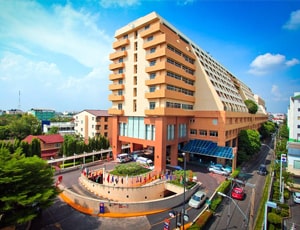
Types of Pacemaker Implantation Surgery in Vejthani Hospital and its associated cost
| Treatment Option | Approximate Cost Range (USD) | Approximate Cost Range (THB) |
|---|---|---|
| Pacemaker Implantation Surgery (Overall) | 16016 - 23515 | 582837 - 838661 |
| Single-Chamber Pacemaker Implantation | 16658 - 19300 | 578989 - 672975 |
| Dual-Chamber Pacemaker Implantation | 18081 - 21443 | 628327 - 772696 |
| Biventricular (Cardiac Resynchronization) Pacemaker Implantation | 20510 - 23207 | 706862 - 828001 |
| Leadless Pacemaker Implantation | 18045 - 21098 | 630721 - 762195 |
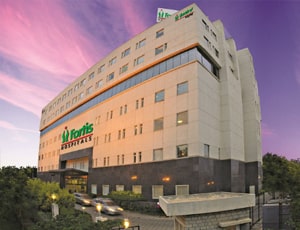
Types of Pacemaker Implantation Surgery in Fortis Hospital and its associated cost
| Treatment Option | Approximate Cost Range (USD) | Approximate Cost Range (INR) |
|---|---|---|
| Pacemaker Implantation Surgery (Overall) | 4073 - 7587 | 336425 - 625201 |
| Single-Chamber Pacemaker Implantation | 4074 - 5577 | 334044 - 456804 |
| Dual-Chamber Pacemaker Implantation | 4552 - 6628 | 374255 - 540723 |
| Biventricular (Cardiac Resynchronization) Pacemaker Implantation | 6077 - 8116 | 499604 - 666489 |
| Leadless Pacemaker Implantation | 5595 - 7612 | 457621 - 624675 |
DOCTORS IN 12 SPECIALITIES
FACILITIES & AMENITIES
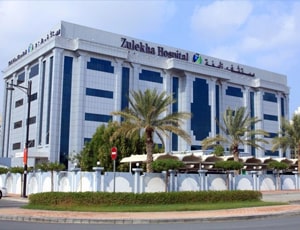
Types of Pacemaker Implantation Surgery in Zulekha Hospital Dubai and its associated cost
| Treatment Option | Approximate Cost Range (USD) | Approximate Cost Range (AED) |
|---|---|---|
| Pacemaker Implantation Surgery (Overall) | 6634 - 11283 | 25157 - 41792 |
| Single-Chamber Pacemaker Implantation | 6674 - 8969 | 24451 - 32320 |
| Dual-Chamber Pacemaker Implantation | 7751 - 10202 | 28504 - 36675 |
| Biventricular (Cardiac Resynchronization) Pacemaker Implantation | 9190 - 11346 | 32975 - 41863 |
| Leadless Pacemaker Implantation | 7813 - 10340 | 28906 - 36858 |
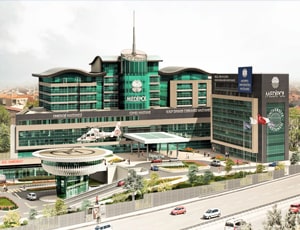
Types of Pacemaker Implantation Surgery in Medipol Mega University Hospital and its associated cost
| Treatment Option | Approximate Cost Range (USD) | Approximate Cost Range (TRY) |
|---|---|---|
| Pacemaker Implantation Surgery (Overall) | 10228 - 14771 | 309993 - 439472 |
| Single-Chamber Pacemaker Implantation | 10205 - 12161 | 307644 - 369228 |
| Dual-Chamber Pacemaker Implantation | 11024 - 14330 | 346506 - 439274 |
| Biventricular (Cardiac Resynchronization) Pacemaker Implantation | 13251 - 17000 | 402601 - 501083 |
| Leadless Pacemaker Implantation | 11219 - 14378 | 342348 - 441269 |
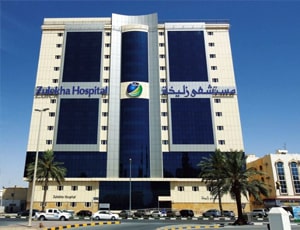
Types of Pacemaker Implantation Surgery in Zulekha Hospital Sharjah and its associated cost
| Treatment Option | Approximate Cost Range (USD) | Approximate Cost Range (AED) |
|---|---|---|
| Pacemaker Implantation Surgery (Overall) | 6757 - 11130 | 25202 - 41345 |
| Single-Chamber Pacemaker Implantation | 6756 - 9075 | 24335 - 32695 |
| Dual-Chamber Pacemaker Implantation | 7738 - 10014 | 29173 - 36895 |
| Biventricular (Cardiac Resynchronization) Pacemaker Implantation | 9005 - 11415 | 32610 - 41758 |
| Leadless Pacemaker Implantation | 7900 - 10332 | 29323 - 36477 |
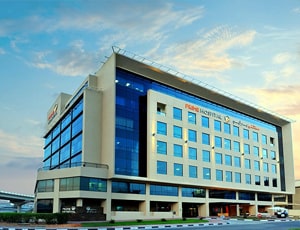
Types of Pacemaker Implantation Surgery in Prime Hospital and its associated cost
| Treatment Option | Approximate Cost Range (USD) | Approximate Cost Range (AED) |
|---|---|---|
| Pacemaker Implantation Surgery (Overall) | 6779 - 11330 | 24294 - 41618 |
| Single-Chamber Pacemaker Implantation | 6640 - 8966 | 24487 - 32986 |
| Dual-Chamber Pacemaker Implantation | 7835 - 10259 | 29041 - 36378 |
| Biventricular (Cardiac Resynchronization) Pacemaker Implantation | 9143 - 11017 | 33595 - 41257 |
| Leadless Pacemaker Implantation | 7738 - 10003 | 28446 - 37363 |
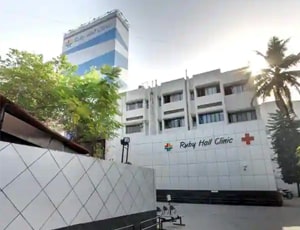
Types of Pacemaker Implantation Surgery in Ruby Hall Clinic and its associated cost
| Treatment Option | Approximate Cost Range (USD) | Approximate Cost Range (INR) |
|---|---|---|
| Pacemaker Implantation Surgery (Overall) | 3787 - 6984 | 308623 - 574172 |
| Single-Chamber Pacemaker Implantation | 3732 - 5064 | 308243 - 420924 |
| Dual-Chamber Pacemaker Implantation | 4187 - 6108 | 340863 - 505392 |
| Biventricular (Cardiac Resynchronization) Pacemaker Implantation | 5693 - 7492 | 452998 - 621577 |
| Leadless Pacemaker Implantation | 5119 - 6964 | 416562 - 566669 |
DOCTORS IN 13 SPECIALITIES
FACILITIES & AMENITIES
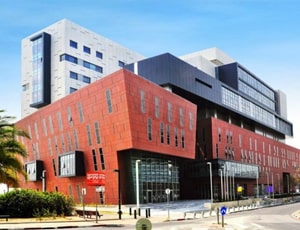
Assuta Hospital located in Tel-Aviv, Israel is accredited by JCI. Also listed below are some of the most prominent infrastructural details:
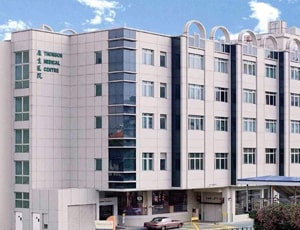
Apart from in-detail treatment procedures available, Thomson Medical Centre located in Thomson Road, Singapore has a wide variety of facilities available for International Patients. Some of the facilities which are provided by them are Accommodation, Airport Transfer, Choice of Meals, Interpreter, SIM, TV inside room. Also listed below are some of the most prominent infrastructural details:
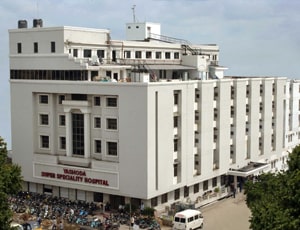
Types of Pacemaker Implantation Surgery in Yashoda Hospital, Malakpet and its associated cost
| Treatment Option | Approximate Cost Range (USD) | Approximate Cost Range (INR) |
|---|---|---|
| Pacemaker Implantation Surgery (Overall) | 4103 - 7615 | 334046 - 626548 |
| Single-Chamber Pacemaker Implantation | 4110 - 5596 | 334934 - 460013 |
| Dual-Chamber Pacemaker Implantation | 4569 - 6621 | 375061 - 541220 |
| Biventricular (Cardiac Resynchronization) Pacemaker Implantation | 6072 - 8140 | 500959 - 668288 |
| Leadless Pacemaker Implantation | 5585 - 7584 | 458614 - 625699 |
DOCTORS IN 10 SPECIALITIES
FACILITIES & AMENITIES
A pacemaker is a tiny, battery-operated device that ensures your heart beats at the right speed. Surgery is required to implant the pacemaker, usually beneath the skin near your collarbone. It's also known as a cardiac pacing device.
A pacemaker implant is a small device that weighs around 20 g to 50 g and is the size of a matchbox. It has a pulse generator with a battery, a tiny computer circuit, and a few wires called pacing leads. This system is attached to the heart and it emits signals through the wires. The pacing rate or the rate of electrical impulses can be adjusted as per the requirement of the body and be accordingly programmed. It can sense if a heartbeat is missed or if the heart is beating too slowly. Accordingly, it starts sending a steady signal to normalize the beating of the heart. If the beats are normal, then it simply does not send any signal.
Usually, a patient is kept under observation for more than a day after the pacemaker implantation surgery. It takes around six weeks for the patient to get used to the implanted device. Heavy work must be avoided initially. One should ensure that the concerned arm is not rendered immobile during this time to prevent a frozen shoulder. A physiotherapist can exactly show the movements that you need to perform to keep your arm healthy. Carry the duly filled pacemaker implant card for emergencies to avoid any unwanted situation.
Ask your healthcare adviser for the best multiple options and choose the one that meets your expectations
The cost of Pacemaker Implantation Surgery in South Africa starts from $12500. While there are wide range of hospitals offering Pacemaker Implantation Surgery, international patients should always seek COHSASA-Certified Hospitals in South Africa for the best results.
The Pacemaker Implantation Surgery package cost in South Africa varies from one hospital to another and may offer different benefits. There are many hospital that cover the cost of pre-surgical investigations of the patient in the treatment package. The Pacemaker Implantation Surgery procedure in South Africa includes the fees of the surgeon, hospitalization and anesthesia as well. Post-surgical complications, new findings and delayed recovery may have an impact on the total Pacemaker Implantation Surgery cost in South Africa.
There are many hospitals that perform Pacemaker Implantation Surgery in South Africa. For quick reference, the following are some of the leading hospitals for Pacemaker Implantation Surgery in South Africa:
After Pacemaker Implantation Surgery in South Africa, the patient is supposed to stay in guest house for another 14 days. During this time, the patient undergoes medical tests and consultations. this is to ensure that the treatment was successful and the patient us safe to return.
There are certain additional cost that the patient has to pay apart from the Pacemaker Implantation Surgery cost. The extra charges may start from USD 50 per person.
Some of the best cities in South Africa which offer Pacemaker Implantation Surgery are:
After Pacemaker Implantation Surgery, the patient is supposed to stay for about 3 days in the hospital for recovery and monitoring. This phase is important to ensure that the patient is recovering well and is clinically stable. During this time, several tests are performed before the patient is deemed suitable for discharge.
The average rating for Pacemaker Implantation Surgery hospitals in South Africa is 2.9. This rating is automatically calculated on the basis of several parameters such as the infrastructure of the hospital, quality of services, nursing support and other services.
There are more than 3 hospitals that offer Pacemaker Implantation Surgery in South Africa. The above mentioned clinics have the required infrastructure and a dedicated unit where patients can be treated. Also, these hospitals follow the necessary guidelines as required by the medical associations for the treatment of Pacemaker Implantation Surgery patients.